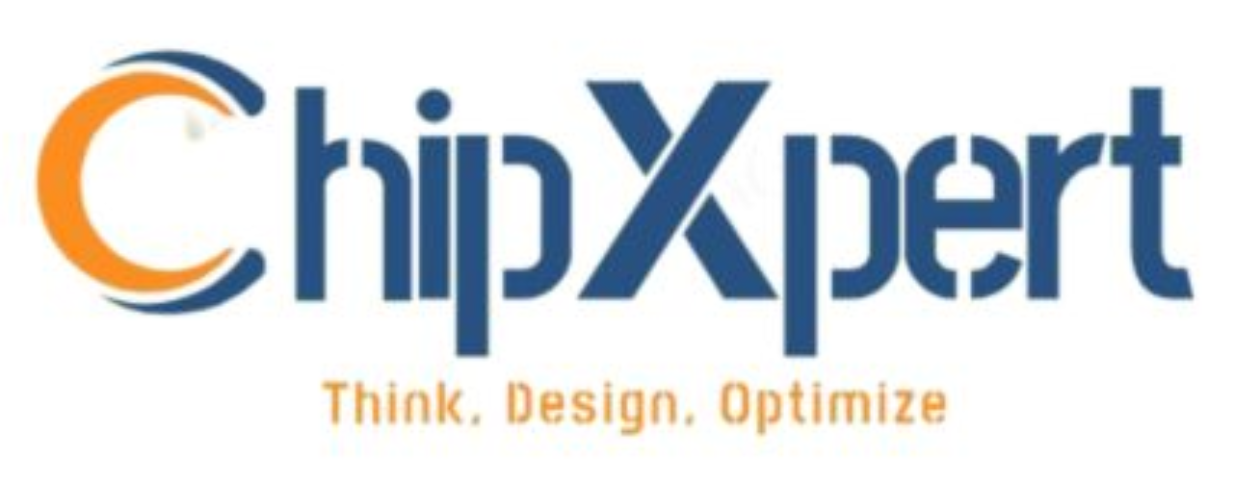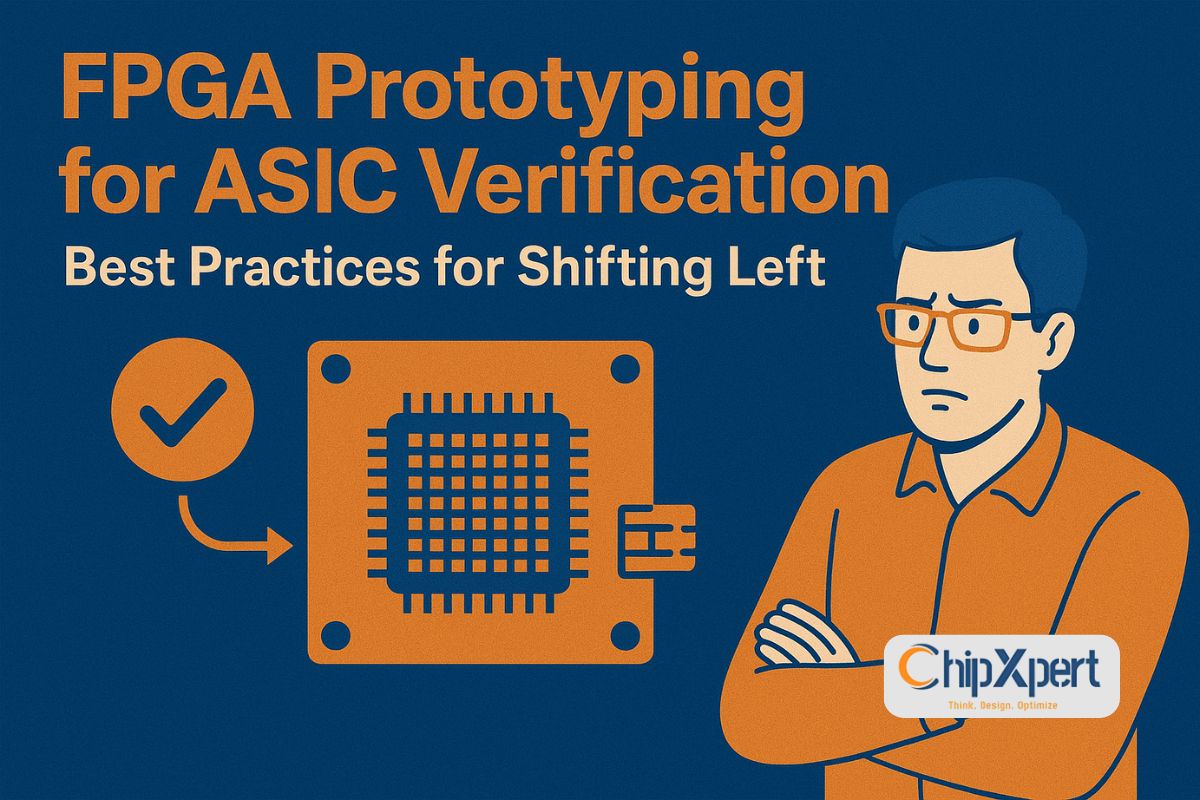Catch Bugs Before They Harden: How FPGA Prototyping Lets You “Shift Left” on ASIC Verification
There’s a sinking feeling every ASIC team knows. It’s months after tape-out. You get the first silicon back, you power it up, and… something is wrong. Maybe it’s a subtle system-level bug, a driver issue, or a performance bottleneck you never saw in simulation. The diagnosis is painful, the respin is expensive, and the schedule is blown.
What if you could hold that chip in your hands before you committed to silicon? What if you could run real software, on real hardware, months earlier?
This isn’t a fantasy. It’s the superpower of FPGA Prototyping, and it’s the most effective way to “shift left” in ASIC verification—finding system-level bugs earlier in the design cycle when they are cheaper and easier to fix.
What Does “Shifting Left” Really Mean?
In the world of chip design, the project timeline is often visualized as a left-to-right flow: from specification and RTL design on the left, to verification, tape-out, and finally software development on the right.
“Shifting left” means pulling activities that traditionally happen later (like software development and system validation) to an earlier stage. It’s about finding integration bugs when you’re working in RTL, not when you’re holding a $5 million piece of silicon. FPGA prototyping is the ultimate vehicle for this.
Why FPGA Prototyping is Your Shift-Left Champion
Simulation is great for testing logic. Emulation is fantastic for full-chip debugging. But FPGA prototyping is in a league of its own for one reason: speed.
While a good emulator might run at 1-10 MHz, a well-implemented FPGA prototype can hit 50-100 MHz or more. This isn’t just a little faster; it’s a quantum leap. At these speeds, you can:
- Boot a Real Operating System: Run full-fat Linux, Android, or a real-time OS in minutes, not days.
- Test with Real-World Data: Stream video, process network packets, and interact with real sensors in near real-time.
- Develop Software in Parallel: Hand a hardware-like platform to your software team six months before silicon arrives. This alone can save a project schedule.
Best Practices for a Successful Prototype: A ChipXpert.in Playbook
Throwing your RTL at an FPGA board is a recipe for frustration. A successful shift-left strategy requires planning and discipline. Here’s how we do it at ChipXpert.in:
1. Plan the Prototype from Day One
You can’t bolt on prototyping at the end. Start with the end in mind.
- Define the Scope: Are you prototyping the entire SoC or a critical subsystem? What software use cases must it run?
- Architect for Prototyping: This is crucial. Identify blocks that will need substitutes (e.g., complex third-party IP that can’t be synthesized). Use “`ifdef“ statements to isolate prototyping-specific structures like clocking, memory controllers, and I/O interfaces.
2. Tame Your Clocks and Resets
This is the number one source of prototyping headaches. ASICs have complex clock trees with gating and generated clocks. FPGAs have a limited number of dedicated global clock networks.
- Simplify: Create a simplified clocking scheme for prototyping. Replace clock gating with enables.
- Synchronize: Ensure all resets are properly synchronized to their clock domains to avoid metastability.
3. Master the Memory Maze
Your ASIC likely has custom memory controllers and configurations. FPGAs have fixed, block RAM architectures.
- Use Abstraction: Replace complex memory controllers with simpler FPGA-friendly controllers or pre-initialized block RAMs for testing.
- Emulate Large Memories: Use the FPGA’s external DDR interfaces to model large on-chip memories. This requires careful bandwidth management.
4. Divide and Conquer with Partitioning
Your ASIC is probably too big for a single FPGA.
- Logical Partitioning: Split the design logically along natural communication boundaries (e.g., between a processor subsystem and a multimedia engine).
- Invest in Inter-FPGA Links: Use high-speed serial transceivers (like Aurora or GTY links) for communication. Treat the connection between FPGAs as a critical, high-bandwidth interface to be verified.
5. Visibility is Everything
The biggest trade-off with prototyping is visibility. You lose the perfect signal visibility of simulation.
- Integrate Logic Analyzers: Use built-in tools like Xilinx’s ILA or Intel’s Signal Tap to probe internal signals. But be selective—you can’t probe everything.
- Design for Debug: Add programmable debug multiplexers to route key internal signals to a handful of probe points. This is where planning early pays off.
The ChipXpert.in Advantage: Your Partner in Shifting Left
At ChipXpert.in, we don’t just see FPGA prototyping as a box to check. We see it as a strategic imperative for de-risking complex ASIC projects. Our expertise lies in helping you build a prototyping-ready mindset from the start of your design cycle.
We can help you architect your RTL for seamless porting, manage the partitioning and implementation challenges, and integrate the platform into your software team’s workflow. The goal is to transform your prototype from a science project into the most powerful verification and software development tool in your arsenal.
By shifting left with FPGA prototyping, you’re not just finding bugs earlier. You’re building confidence, accelerating software, and ultimately paving the way for first-silicon success.Ready to shift left and de-risk your next ASIC project? [Contact ChipXpert.in] to discuss how our FPGA prototyping expertise can help you build a better chip, faster.



